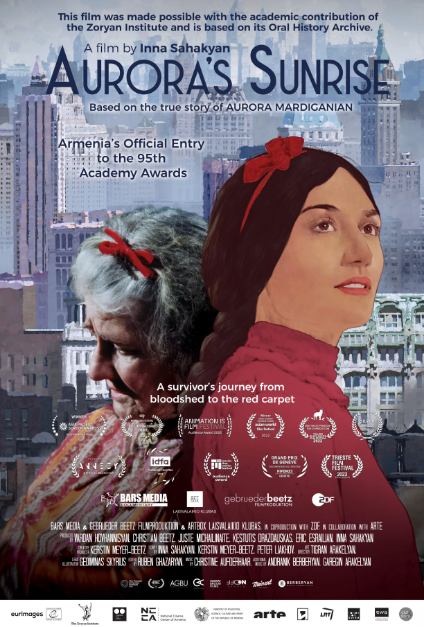
The existence of films, books, exhibitions and a number of other projects that interpret the 1915 events as “genocide” is no longer surprising. A new one was added to these productions a year ago, titled “Aurora’s Sunrise.” After its premiere on November 24, 2023 in London, the film started to draw attention quickly. It was made with the support of the Zoryan Institute, EurImages, Lithuania, the USA, France, Germany and Anadolu Kültür from Türkiye. It is not possible to view the movie from Türkiye without a VPN. When you want to watch the movie, you will see statements that “it cannot be viewed in your geography”. The duration of the movie is 1 hour and 36 minutes. Approximately 70 minutes of the movie consists of animation and almost 10 minutes of the movie consists of interviews given by Arshaluys Mardiganian. The movie also includes some scenes from the 1917 Hollywood silent movie “Auction of Souls”, which is the subject of the movie.
In the movie, eastern Türkiye is referred to as “Western Armenia”, in line with the fanatical and antagonistic Armenian discourse. One day, the door of an Armenian family living in peace and happiness in Çemişgezek is knocked on by their Kurdish neighbors. The Kurdish shepherd (this part of the movie is in Turkish) tells them that the war is imminent, that the city has become dangerous for Armenians, that Armenians have started to gather around Istanbul, and that he has heard that a similar situation could happen here. He warns that going to the mountains is now a safer alternative. Kirakos, the father of 14-year-old Arshaluys, who narrates the story, says that he will not go anywhere and that only cowards would flee. Kirakos believes that running away would justify the Turks “punishing” other Armenians. A few days later, Turkish soldiers came to take Arshaluys’ father and brother. After that day, his father and brother were never heard from again. Meanwhile, some frames from the movie “Auction of Souls” are shown. These images show that people who are taken away from their families under the pretext of being taken to war are shot and killed without question. However, it is not explained how the circumstances changed from living in peace and happiness to this point in time. The film does not mention the Muslim community in Anatolia experiencing a similar situation, nor the rebellions that took place between 1882 and 1909 in different important regions of Anatolia, especially in Erzurum, Bitlis, Van, Elazığ. Of course, these will not be referred to as “rebellions” in the following frames, but will be presented as “the just struggle of freedom fighters.” Nonetheless, gratitude to the foreigners who supported them through missionary activities will be expressed in this way.
The movie, in which Arshaluys Mardiganian tells the story of Armenians being forced to change their names and religion, being subjected to inhumane treatment, and girls being raped, also includes quotes from the propaganda book “Ravished Armenia”. There are also references to some articles that have nothing to do with reality and the statements of a supposed eyewitness are used to make it seem as if they are true. The first article that comes to mind here is the article titled “Nearly a century after the Armenian genocide these people are still being slaughtered in Syria” published in The Independent on December 1, 2013[1]. In this article by R. Fisk, he writes: “[...] It was difficult to find these bones because the Khabur River – north of the Syrian city of Deir ez-Zour – had changed. So many were the bodies heaped in its flow that the waters moved to the east. The very river had altered its course[2].” It is difficult to find a more “creative” solution to explain the failure to find the bodies. Fisk also comes up with another alternative explanation concerning the “failure” to find the bodies. Despite the contradiction that no mass graves have been found in the areas where “genocide” was allegedly committed and where no rivers were present nearby, Fisk makes the claim regarding the 5000 Armenians in this area, “they stuffed them into a cave and then started a bonfire at the mouth and filled the cave with smoke. They all asphyxiated. They all coughed until they died[3].”
In an article written by Jeremy Salt, it is stated that Fisk’s Armenian driver told him this story and it is not explained how he knew all these details. However, Fisk’s unquestioning acceptance of this situation is striking. Fisk continues, “Up here in the cold dry desert the Turks turned this crack in the earth’s crust into the twentieth century’s first gas chamber. The principles of technological genocide began here in the Syrian desert, at the tiny mouth of this innocent cave in a natural chamber in the rock.” Fisk returned to his accusations in 2014, stating as a fact that in the northern Syrian desert, “‘the Turks’ ‘engineered the first primitive gas chambers, by driving thousands of Armenians into rock caves [not one cave any longer] and asphyxiating them by lighting bonfires [sic.] at the entrance’[4].” There is no evidence for these allegations. As it can be understood, the claim put forward in the movie is reinforced by another claim that cannot be supported by documents.
Returning to the issue of the changing of Armenian names, we can see that the film deals with the issue in a different way. Arshaluys Mardiganian, with the help of a gang leader in Tbilisi, introduced as Antranik Pasha, first travels to Russia, then to Norway and then to the USA. Here, her story attracted much attention from Americans. Henry Gates and his wife, who wrote the book based on her and were her legal custodians asked Arshaluys to change her name. The reason was that it was difficult for Americans to pronounce. Here we can see the first cracks of the American support that she relied on so much. Later, the Gates couple, who had exploited Arshaluys, who fainted on stage, exhausted as a result of telling her traumas over and over again while going from promotion to promotion, gave up on Arshaluys and abandoned her to the convent. However, they would continue their “popular” tour by taking other girls they made look like Arshaluys to promote the movie. The purpose of this propaganda was to gain the support of the US Senate for then US President Woodrow Wilson’s plan to establish an Armenia in eastern Anatolia under American mandate. However, the Wilson Plan was rejected by the senators. “The very people that said I was family had used me,” Arshaluys said. Of course, this is still true today.
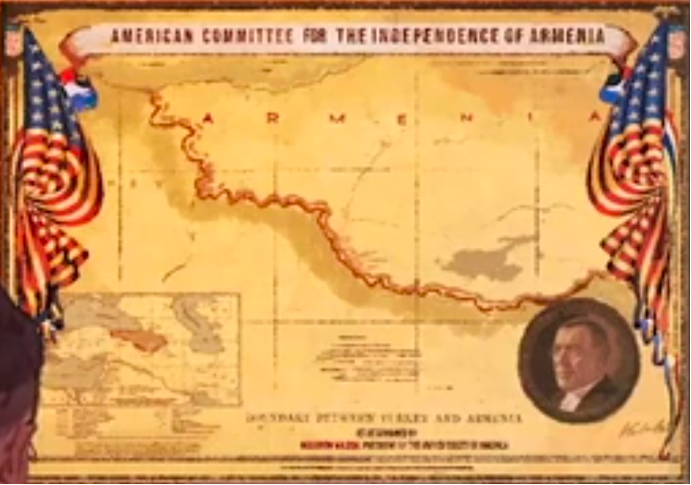
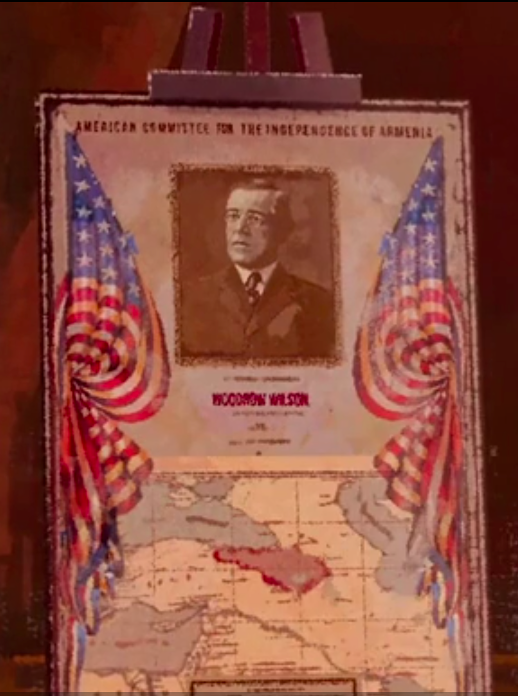
Even though the movie stands out as “only genocide propaganda,” it also makes references to the erosion of the Armenians’ identities in the countries they visit. It is so obvious that the film was prepared with the focus being on “genocide” that there are self-contradictions in the very brief mentions of Mustafa Kemal Atatürk towards the end. An example would be the statement, “Meanwhile, different empires were forming opposing plans for what was left of my homeland. Wilson was pushing the American mandate for Armenia; Lenin wanted to see us under his new socialist empire; and under Mustafa Kemal Atatürk Turkish soldiers were taking up arms again to build a new Turkish state in the lands of Armenian suffering.” Additionally, the statement “Mustafa Kemal was building a new Türkiye by committing massacres his way across Armenian lands.”, considering the fact that President Wilson’s plan was rejected by the Senate by 52 votes to 23, is the blatant example of contradiction in the movie. In the statements, both the Ottoman Empire and the Republic of Türkiye are accused separately. The film goes one step further and tries to extend the period defined as the events of 1915 to 1923. Just as the Ottoman Empire is made to seem guilty for the Relocation and Resettlement Law, the Republic of Türkiye is also held responsible.
At the end of the film, it is stated that “The United States was the 33rd country to recognize the Armenian genocide. Türkiye still denies the genocide.” There is a point that needs to be clarified here; it does not matter how many countries’ parliaments recognize the 1915 events as “genocide.” The fact that the United States is among them is not enough to legitimize this situation. The fact is that the concept of “genocide” is a legal concept, which can only be recognized by the International Criminal Court. Another issue regarding the 1915 events that should not be ignored is the work on the Malta Tribunals. At the end of the First World War, 144 Ottoman officials were arrested by the British on charges of “mass murder” of Armenians and an investigation was conducted in Malta by the Britain’s highest legal prosecution authority, the Crown Prosecution Service (CPS) in London[5]. Despite the efforts of the UK to try and convict the Turkish detainees in Malta, the investigation conducted by the CPS concluded with a verdict of “lack of grounds for legal action – no prosecution” without any charges being brought, on the grounds that “it was unlikely that such charges could be proven in a British court of law[6].” This issue, which contains evidence that the 1915 Events were not “genocide,” is another aspect that needs to be examined.
When considering “Aurora’s Sunrise” separately from its inaccurate content, it is possible to say that it is a technically very labor-intensive production, lacking consistency as a documentary, but remarkable when evaluated as an animation. It received 16 awards and 5 nominations.
We understand the pain and sentimentality of Armenians who were subjected to the Relocation and Resettlement Law. However, turning this circumstance into hate speech and making a movie out of the hate does not lead to the sharing of pain, but to a reaction against such projects. While sentimentality and suffering are understandable, it is neither understandable nor tolerable to distort and exaggerate historical documents and create hate speech out of the inaccuracy and feed off of it. This is how this movie is generally evaluated by Turkish audiences. However, this movie is essentially a production planned by the Armenian lobby in the US. Today, it is understandable that it is supported by organizations such as ANCA, etc. that feed off of anti-Turkish hatred. What is not understandable is this: This film was funded by the US State Department and EurImages (European Cinema Support Fund) of the Council of Europe, of which Türkiye is a member. In addition, Armenia, Lithuania, Germany and France also provided financial support.

It is even more difficult for a Turkish viewer to understand why the West, especially the US and the EU, which today applies censorship and double standards even to the just cause of Palestine, would support a film that does not correspond to the facts, distorts history, even contradicts itself in many points, and may stir up feelings of hatred against Turks.
[1] Jeremy Salt, "History, Journalism and Propaganda: Robert Fisk and The 'Armenian Question'", History Studies, 13/2, April 2021, p. 341 - 370, https://www.historystudies.net/dergi/history-journalism-and-propaganda-robert-fisk-and-the-armenian-question2021037b22f80.pdf.
[2] Robert Fisk, "Nearly a century after the Armenian genocide, these people are still being slaughtered in Syria," The Independent, December 1, 2013, https://www.independent.co.uk/voices/comment/nearly-a-century-after-the-armenian-genocide-these-people-are-still-being-slaughtered-in-syria-8975976.html.
[3] Salt, p. 357.
[4] Salt, p. 358.
[5] Uluç Gürkan, “Malta Tribunals,” Review of Armenian Studies, no:31, 2015, p. 181, https://dergipark.org.tr/tr/download/article-file/777543.
[6] Uluç Gürkan, "Malta: Sürgün mü, Yargılama mı?", Türk - Ermeni Uyuşmazlığı Üzerine Ömer Engin Lütem Konferansları 2020, Terazi Yayıncılık: Ankara, 2021, p. 13. https://avim.org.tr/tr/Kitap/10/pdf.
© 2009-2025 Center for Eurasian Studies (AVİM) All Rights Reserved
No comments yet.
-
 EXTREME RIGHT IS GAINING STRENGTH IN GERMANY
EXTREME RIGHT IS GAINING STRENGTH IN GERMANY
Hazel ÇAĞAN ELBİR 21.02.2020 -
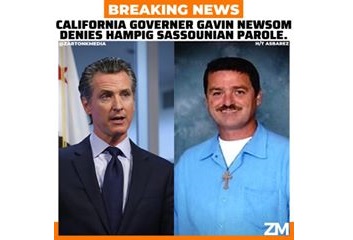 NO PAROLE FOR THE ASSASSIN OF TURKISH DIPLOMAT
NO PAROLE FOR THE ASSASSIN OF TURKISH DIPLOMAT
Hazel ÇAĞAN ELBİR 02.06.2020 -
 AN ARCHBISHOP OF THE ARMENIAN APOSTOLIC CHURCH HAND IN HAND WITH A MURDERER - BEHIND THE SCENES OF THE PROTESTS IN YEREVAN
AN ARCHBISHOP OF THE ARMENIAN APOSTOLIC CHURCH HAND IN HAND WITH A MURDERER - BEHIND THE SCENES OF THE PROTESTS IN YEREVAN
Hazel ÇAĞAN ELBİR 23.05.2024 -
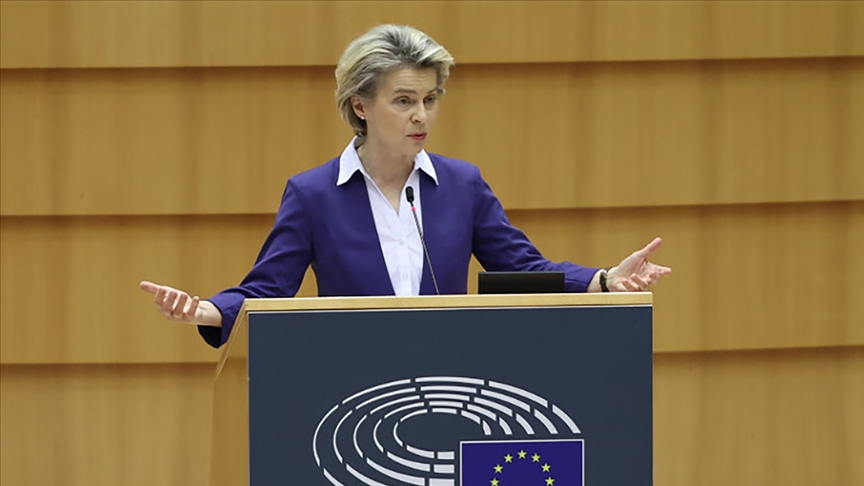 THE MANAGEMENT BLUNDERS IN THE EU
THE MANAGEMENT BLUNDERS IN THE EU
Hazel ÇAĞAN ELBİR 11.03.2021 -
 24 APRIL AND RACIST ARMENIAN TERRORIST SASSOUNIAN'S PAROLE IS BEFORE THE CALIFORNIA GOVERNOR NEWSOM ONCE AGAIN
24 APRIL AND RACIST ARMENIAN TERRORIST SASSOUNIAN'S PAROLE IS BEFORE THE CALIFORNIA GOVERNOR NEWSOM ONCE AGAIN
Hazel ÇAĞAN ELBİR 28.04.2020
-
IGNORED DANGER: MEDZAMOR NUCLEAR POWER PLANT
Tutku DİLAVER 19.12.2018 -
 50TH ANNIVERSARY OF THE CYPRUS PEACE OPERATION: WHAT PROPOSAL DID THE GREEK SIDE MAKE TO RAUF DENKTAŞ IMMEDIATELY AFTER THE OPERATION?
50TH ANNIVERSARY OF THE CYPRUS PEACE OPERATION: WHAT PROPOSAL DID THE GREEK SIDE MAKE TO RAUF DENKTAŞ IMMEDIATELY AFTER THE OPERATION?
Teoman Ertuğrul TULUN 25.07.2024 -
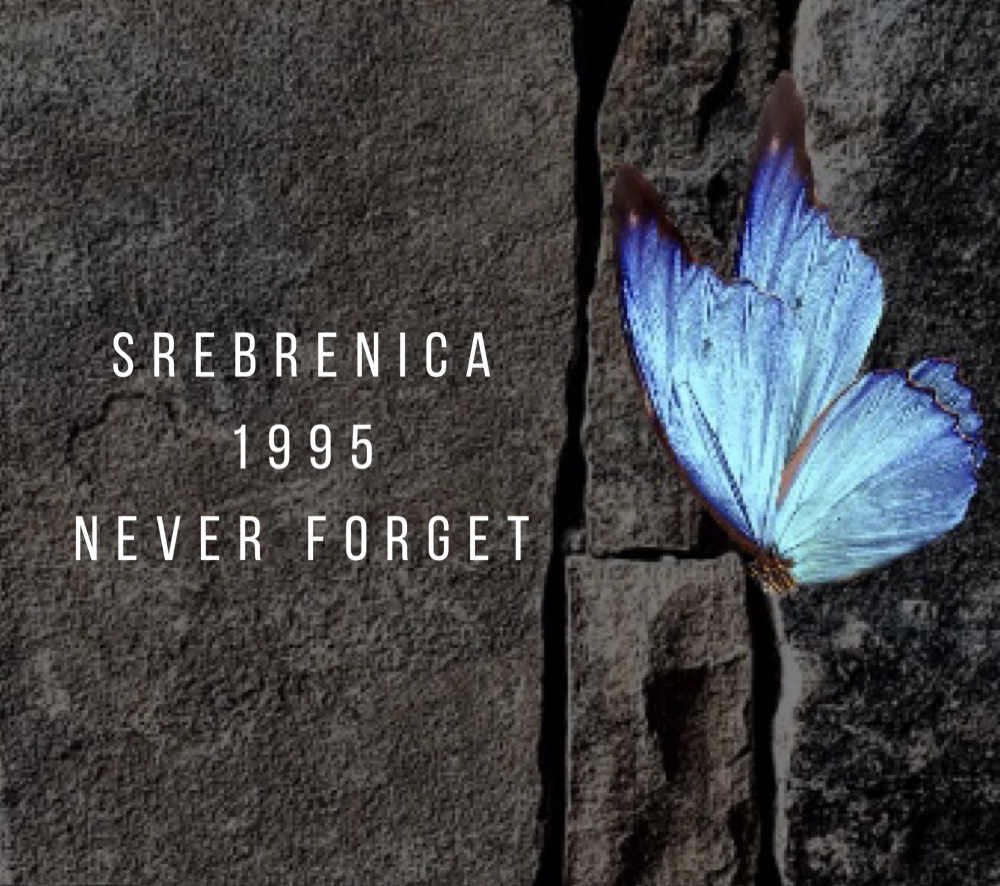 A 26-YEAR-OLD BLEEDING WOUND: THE SREBRENICA GENOCIDE
A 26-YEAR-OLD BLEEDING WOUND: THE SREBRENICA GENOCIDE
Hazel ÇAĞAN ELBİR 27.07.2021 -
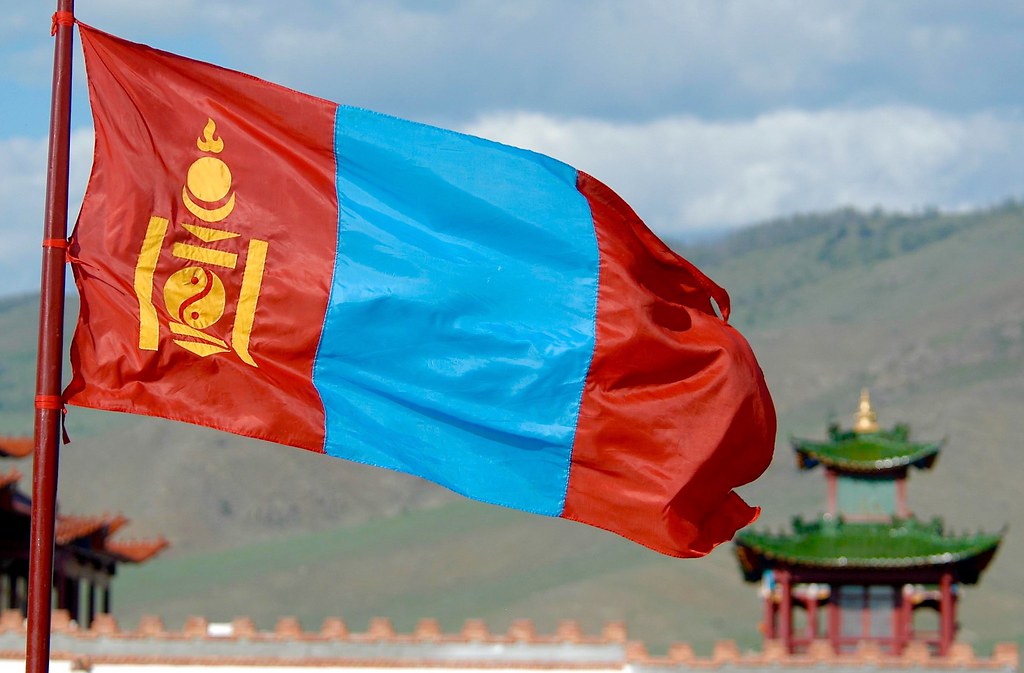 MONGOLIA’S SEARCH FOR BALANCE IN ITS FOREIGN POLICY
MONGOLIA’S SEARCH FOR BALANCE IN ITS FOREIGN POLICY
Gülperi GÜNGÖR 28.08.2020 -
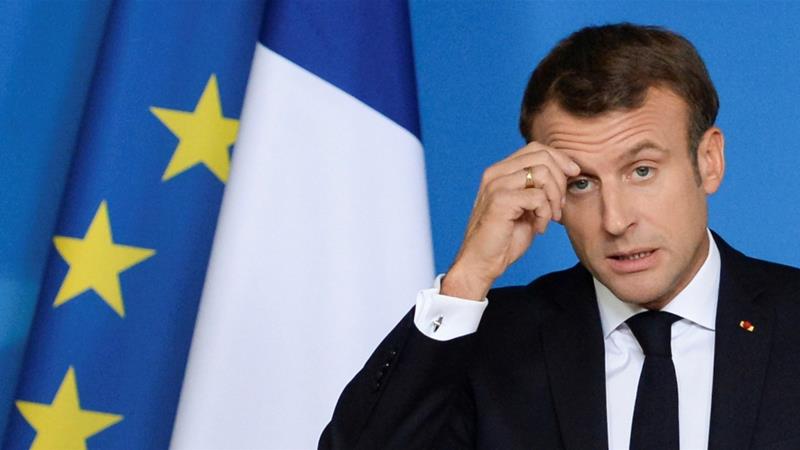 FRANCE WITH MACRON: THE DESTABILIZING FACTOR IN THE BALKANS
FRANCE WITH MACRON: THE DESTABILIZING FACTOR IN THE BALKANS
Teoman Ertuğrul TULUN 01.11.2019
-
25.01.2016
THE ARMENIAN QUESTION - BASIC KNOWLEDGE AND DOCUMENTATION -
12.06.2024
THE TRUTH WILL OUT -
27.03.2023
RADİKAL ERMENİ UNSURLARCA GERÇEKLEŞTİRİLEN MEZALİMLER VE VANDALİZM -
17.03.2023
PATRIOTISM PERVERTED -
23.02.2023
MEN ARE LIKE THAT -
03.02.2023
BAKÜ-TİFLİS-CEYHAN BORU HATTININ YAŞANAN TARİHİ -
16.12.2022
INTERNATIONAL SCHOLARS ON THE EVENTS OF 1915 -
07.12.2022
FAKE PHOTOS AND THE ARMENIAN PROPAGANDA -
07.12.2022
ERMENİ PROPAGANDASI VE SAHTE RESİMLER -
01.01.2022
A Letter From Japan - Strategically Mum: The Silence of the Armenians -
01.01.2022
Japonya'dan Bir Mektup - Stratejik Suskunluk: Ermenilerin Sessizliği -
03.06.2020
Anastas Mikoyan: Confessions of an Armenian Bolshevik -
08.04.2020
Sovyet Sonrası Ukrayna’da Devlet, Toplum ve Siyaset - Değişen Dinamikler, Dönüşen Kimlikler -
12.06.2018
Ermeni Sorunuyla İlgili İngiliz Belgeleri (1912-1923) - British Documents on Armenian Question (1912-1923) -
02.12.2016
Turkish-Russian Academics: A Historical Study on the Caucasus -
01.07.2016
Gürcistan'daki Müslüman Topluluklar: Azınlık Hakları, Kimlik, Siyaset -
10.03.2016
Armenian Diaspora: Diaspora, State and the Imagination of the Republic of Armenia -
24.01.2016
ERMENİ SORUNU - TEMEL BİLGİ VE BELGELER (2. BASKI)
-
AVİM Conference Hall 24.01.2023
CONFERENCE TITLED “HUNGARY’S PERSPECTIVES ON THE TURKIC WORLD"









